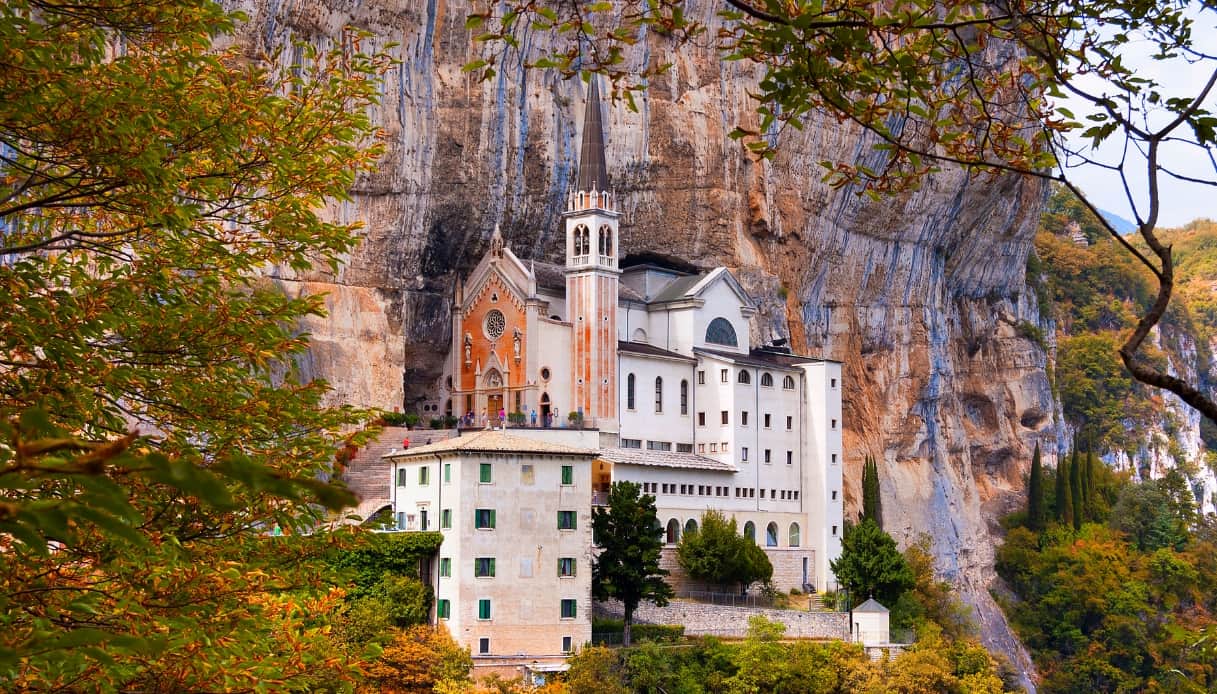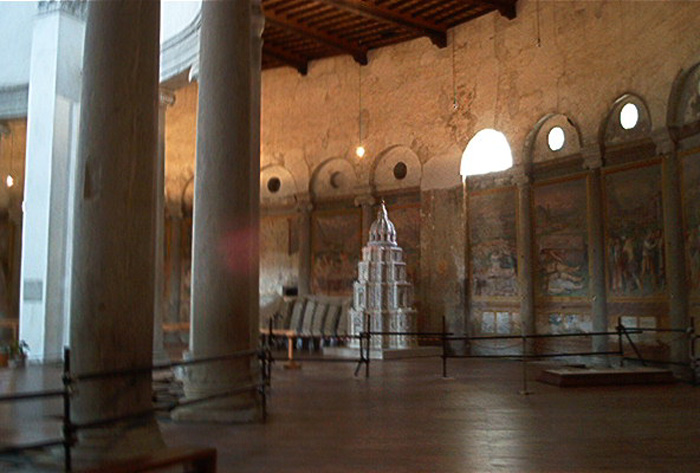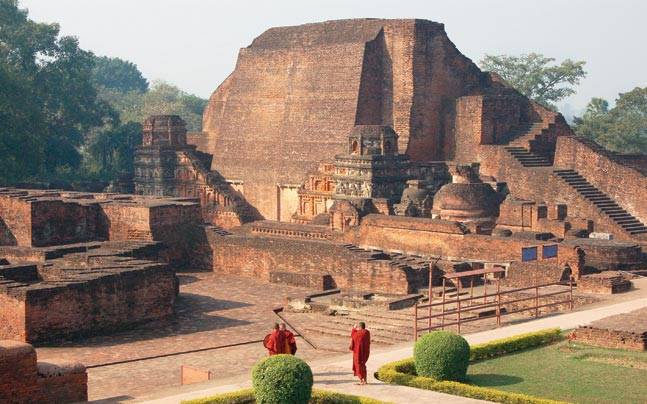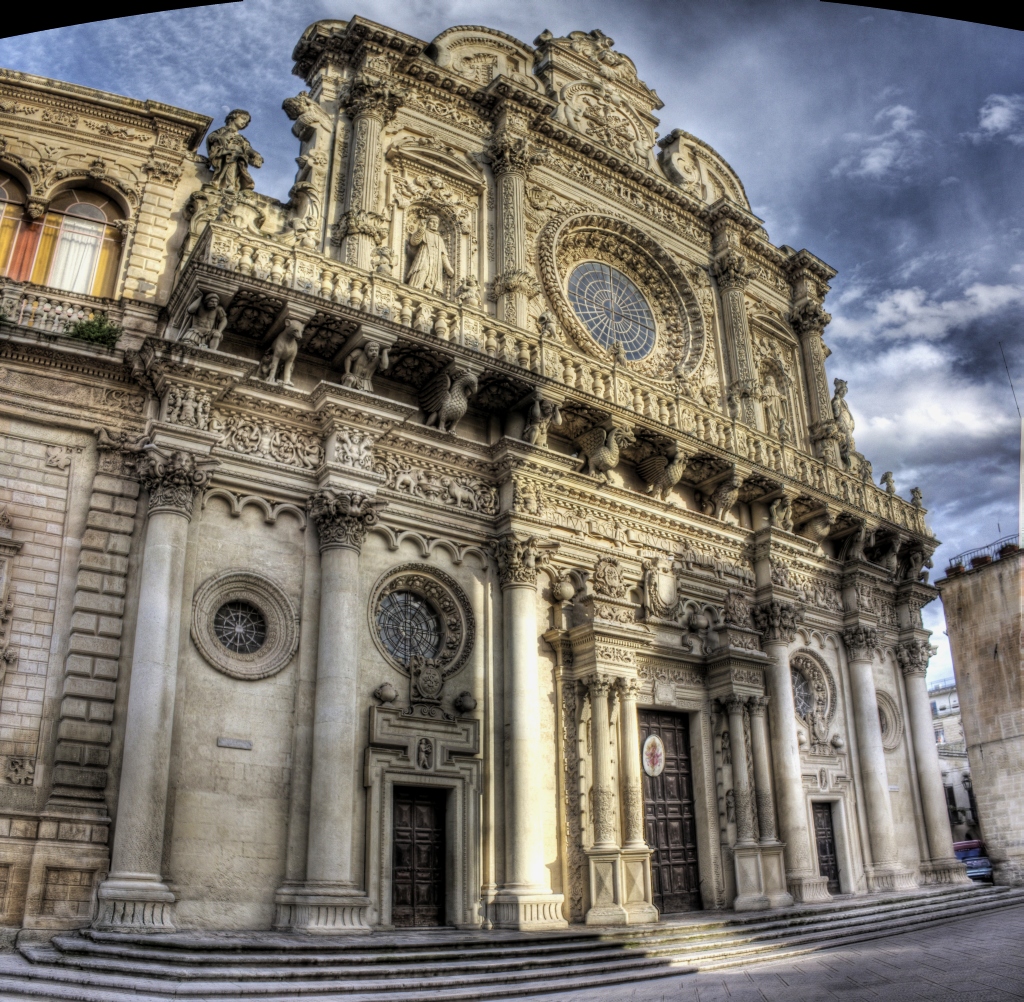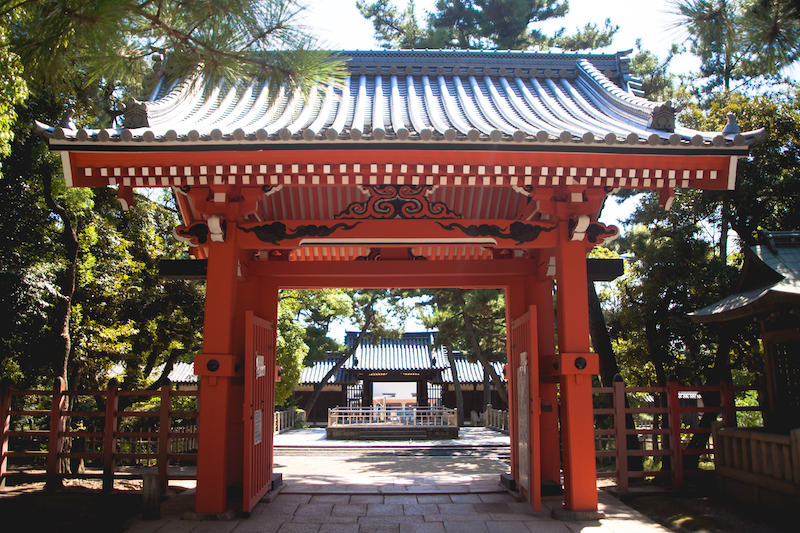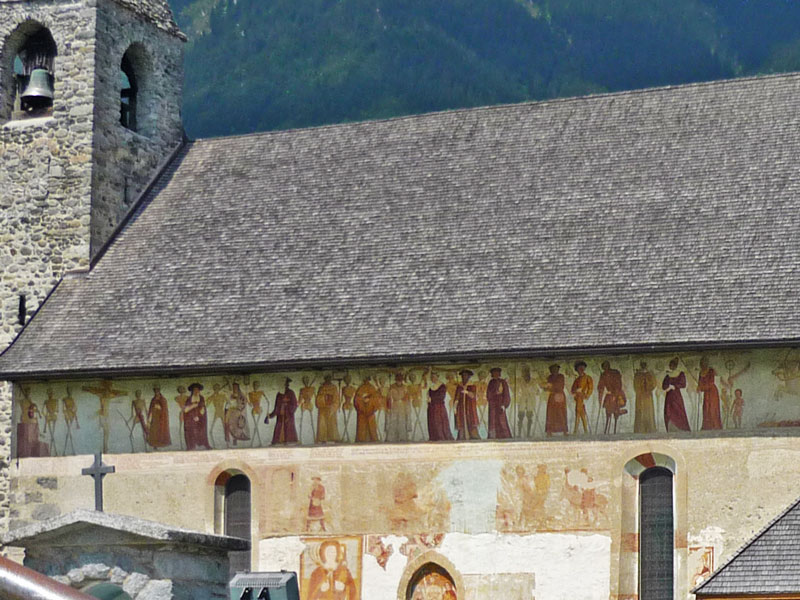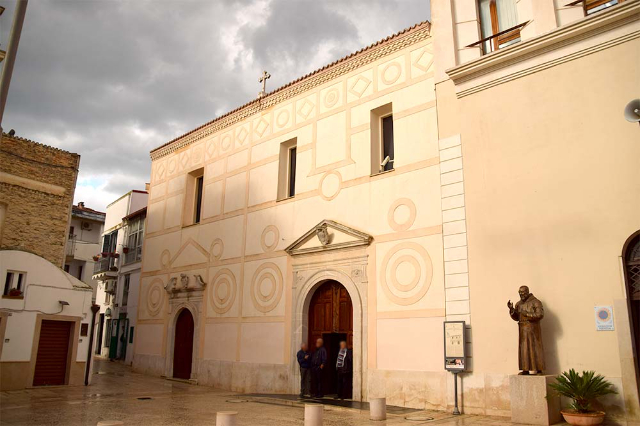Medieval documents attest that already around the year 1000 in the Baldo area lived hermits linked to the Abbey of San Zeno in Verona and that at least from the second half of the 1200s there was a monastery and a chapel dedicated to St. Mary of Montebaldo accessible through a narrow and dangerous path in the rock. A pious tradition placed the birth of the Sanctuary of Our Lady of the Crown in 1522, the year in which the sculpture venerated here is said to have been miraculously moved by angelic intervention from the island of Rhodes, invaded by the’Muslim army of Suleiman II, but the dating is disproved by the existence, in the recesses of the present shrine, of a painting of a Madonna and Child, of 14th-century workmanship, which constitutes the first image venerated in the original little church, which took its name from it. Between 1434 and 1437 S. Maria di Montebaldo, passed into the ownership of the Knights of St. John, or of the Holy Sepulcher, present in Verona since 1362 as the commenda of San Vitale e Sepolcro, who retained ownership of the shrine until it was dissolved by Napoleonic measure in 1806. To this period seems to date the stone group of the Pietà later venerated as Madonna della Corona. Seventy centimeters tall, 56 centimeters wide and 25 centimeters deep, the statue è made of painted local stone. The statue rests on a pedestal bearing the inscription “HOC OPUS FEClT FIERI LODOVICUS D CASTROBARCO D 1432?, traditionally regarded as proof that the statue was commissioned and donated to the Crown in 1432 by Lodovico Castelbarco, who came from a noble family in Rovereto. During the four centuries of its management, the Commenda transformed the Madonna della Corona radically, making it an authentic, capacious and accessible shrine thanks to the arrangement of the wooden bridge for access to the valley (1458) and the construction above the pre-existing one of a new church, about 18 meters by 7 (1490- 1521). During the 16th century the two access staircases still visible today were built: the wider one, of 556 steps, which from the Spiazzi spring, later called “Fonte dell’Indipendenza”, descended to the linden tree bridge, and the narrower one, of 234 steps, carved into the rock along the original very narrow path leading from the bridge to the church.
The new church
In 1625, construction began on a new and wider church 4 meters above the previous one, which remained incorporated under the new chancel. Work continued for several decades, reaching the roof in 1664 and finally concluding in 1685.
In the meantime the access ways were rearranged thanks to the contribution of Commendatore Tancredi a hospice was built in a cavity of the mountain for the accommodation needs of the increasingly numerous pilgrims. The overall layout of the entire area of the Sanctuary è documented in two valuable inventories, dated 1724 and 1744, and è perfectly visible in a beautiful engraving made in 1750 by Giovanni Antonio Urbani on behalf of the rector Don Giancarlo Balbi.
At the end of the 19th century, based on plans by’arch. Giuseppe Magagnotti of Verona and ing. Emilio Paor of Trent, the church was enlarged and given a new facade in Gothic style, adorned with marble; the conclusion of the work was solemnized on Sept. 17, 1899, with the crowning ceremony of the statue of Our Lady of Sorrows.
In the following years, the facade and church were embellished with statues by sculptor Ugo Zannoni; in 1921-1922 the bell tower with soaring spire was redone; and in 1922, on the occasion of the fourth centenary of the appearance of the statue of Our Lady of Sorrows, the road was improved and opened, based on a design by Eng. Federici, the access tunnel to the shrine, thus facilitating the route for pilgrims.
After the’last world war, from 1946 to 1949, rector Fr. Sandrini commissioned, based on a design by arch. Banterle, an extension of the church in the presbytery part.
The present basilica
In 1974 architect Guido Tisato was entrusted with the task of drawing up a plan for a comprehensive intervention that would include the demolition of the existing church, the preservation of the most valid and significant parts and the construction of a larger structure. Demolition and reconstruction of the Shrine were carried out from 1975 to 1978, and on June 4, 1978, Bishop Giuseppe Carraro was able to proceed with the dedication of the new Shrine and altar. In 1982 the Shrine was given the title “basilica minor”. On April 17, 1988 Pope John Paul II visited the and prayed to Our Lady of the Crown.
The sculptures of Ugo Zannoni
There are numerous sculptural works at the shrine, of which a good part, made of white Carrara marble, are by Veronese sculptor Ugo Zannoni.
In 1900 the statues representing: St. John the Evangelist and St. Mary Magdalene, visible in protruding niches on the façade, and the Standing Our Lady of Sorrows, now located in the Chapel of Confessions; between 1912 and 1913 the statue of St. Joseph and those of the two patron saints of the Knights of Malta, St. Tuscany and St. John the Baptist; the 14 panels of the Stations of the Cross, on the pillars of the nave of the Sanctuary; and the plaster panels of the Seven Sorrows of the Madonna, now in the Chapel
dell’Adoration Chapel; the Ecce Homo and the two Praying Angels, in the Confessions Chapel, date from 1916; and finally in 1919, shortly before his death, the high-relief of the meeting of Christ with His Mother.
The works of Raffaele Bonente
Both in the shrine and along the access road, bronze castings by Veronese architect Raffaele Bonente can be admired. Particularly original è the “scenography” on the rock wall of the ’apse, around the statue of Pietà surrounded by a crown of thorns and five angelic groups.
To highlight:
– the altar frontal with the three bronze panels depicting the Nativity, the Crucifixion and Pentecost, separated by four pilasters dedicated to the Evangelists; on the sides two panels dedicated to the Veronese church, while the back part è is divided into three backgrounds, containing on the sides two Marian invocations and in the center the heart of the Madonna pierced by seven swords;
– the 6 candelabra on the mensa with the symbols of the Evangelists and allegorical symbols;
– the tile of the’Annunciation, placed on the ambo, and the lectern with the symbols of the four Evangelists, the faces of Abraham, Mosè, David and Isaiah, and in the center the monogram of Christ;
– the 1982 tabernacle with the four bronze figures representing faith, hope, charity and religion;
– the 1988 baptistery, which features eight fish in the lower part and the seven gifts of the Holy Spirit in the upper part;
– the medallion commemorating the papal visit, from 1993 outside the Shrine;
– the stained glass windows in the right aisle of the Shrine depicting the mysteries of the Rosary;
– the sculptures and stained glass windows that adorn the chapel
dell’Adoration, made in 1990;
– the bronze statues of the Stations of the Cross along the road leading from the “Edelweiss Residence” to the Shrine.
The ex-votos
Along the right wall of the Sanctuary è a true historical-artistic heritage is on display, represented by the ex-votos: 167 tablets of different sizes, the oldest of which dates back to 1547 and depicts the miraculous rescue of a woman about to drown in the ’Adige River in Verona.
On a historical level, the most interesting ex-voto is the large canvas donated by the community of Bardolino in 1665, in thanksgiving for the grace of rain obtained, while the most valuable one is an oil on canvas depicting Christ at the Column, executed in 1724 by Veronese painter Antonio Balestra (1666-1740).
